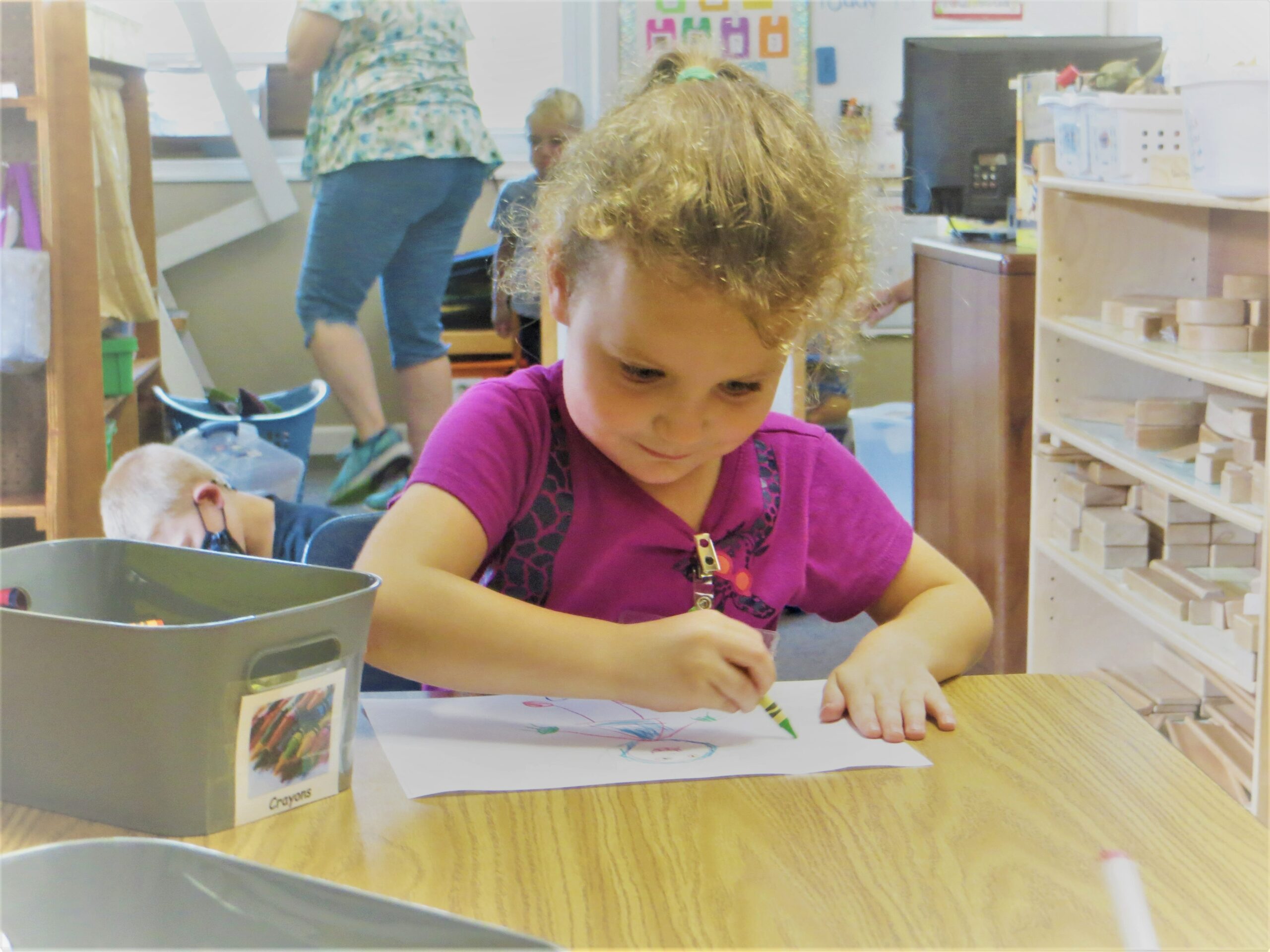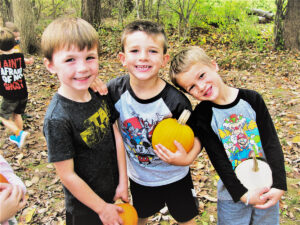Since 1968
The High/Scope Approach
The High/Scope approach* to preschool education is a unique process that has been tested and researched since 1962. Like Froebel and Montessori, High/Scope emphasizes the “active learner”. It differs, however, by placing a greater emphasis on problem solving and more independent thinking. The approach incorporates five elements based on sound developmental practices for children and effective program management strategies for adults.



1. Active Learning – Children are involved in direct, hands-on experiences with people, objects, ideas, and events. They carry out their intentions by actively engaging with materials and interacting with peers and adults. Teachers plan around 58 key developmental indicators (also known as key experiences) in child development that strengthen children’s emerging intellectual, physical, social, and emotional abilities.
2. Adult-Child Interaction – Teachers establish a safe and nurturing classroom environment where children can be happy and busy pursuing their interests. Adults observe and interact with children at their level to discover how each child thinks and reasons. They support children’s initiatives and developing abilities. Adults share control of all learning experiences with children. They encourage children to solve problems with materials, turn to one another for help, collaborate in creative activities, and learn how to resolve conflicts with one another through negotiation.
3. Daily Routine – Each day follows a similar schedule of events, providing consistency for both children and adults. A daily “plan-do-review process” is at the core of the High/Scope routine. This sequence gives children the opportunity to make plans based on their own interests, follow through on their intentions, and reflect on their experiences with peers and adults. Large- and small-group experiences are also part of the daily routine along with the social interaction of sharing a snack and the invigoration of being outdoors.
4. Assessment – High/Scope teachers regularly record notes on children’s behaviors, experiences, and interests. They use these notes to assess each child’s development using the High/Scope Child Observation Record for Ages 2– 6. Based on these careful and objective observations, adults can plan experiences that will facilitate children’s growth and development.
5. Learning Environment – The Hopwood learning environment is defined as follows:
* For a more about High Scope, please visit www.highscope.org
** Child advocacy expert Richard Louv, author of “Last Child in the Woods: Saving Our Children from Nature-Deficit Disorder”, reveals a new and growing body of research indicating that “direct exposure to nature is essential for healthy childhood development and for the physical and emotional health of children and adults”.Click here to read more about Richard Louv.
*** In the NPR ED article “Scientists Say Child’s Play Helps Build A Better Brain”, Jon Hamilton cites the work of neuroscientists and orgnizations that support the coorelation between free play, brain development and the necessary social skills that ultimately lead to academic success. Click here to learn more from the NPR article.
In “The Serious Need for Play” (Scientific America), author Melinda Wenner addresses significant research that finds free and imaginative play crucial for normal social, emotional and cognitive development. “It makes us better adjusted, smarter and less stressed”. Click here to learn more from the Scientific America article.